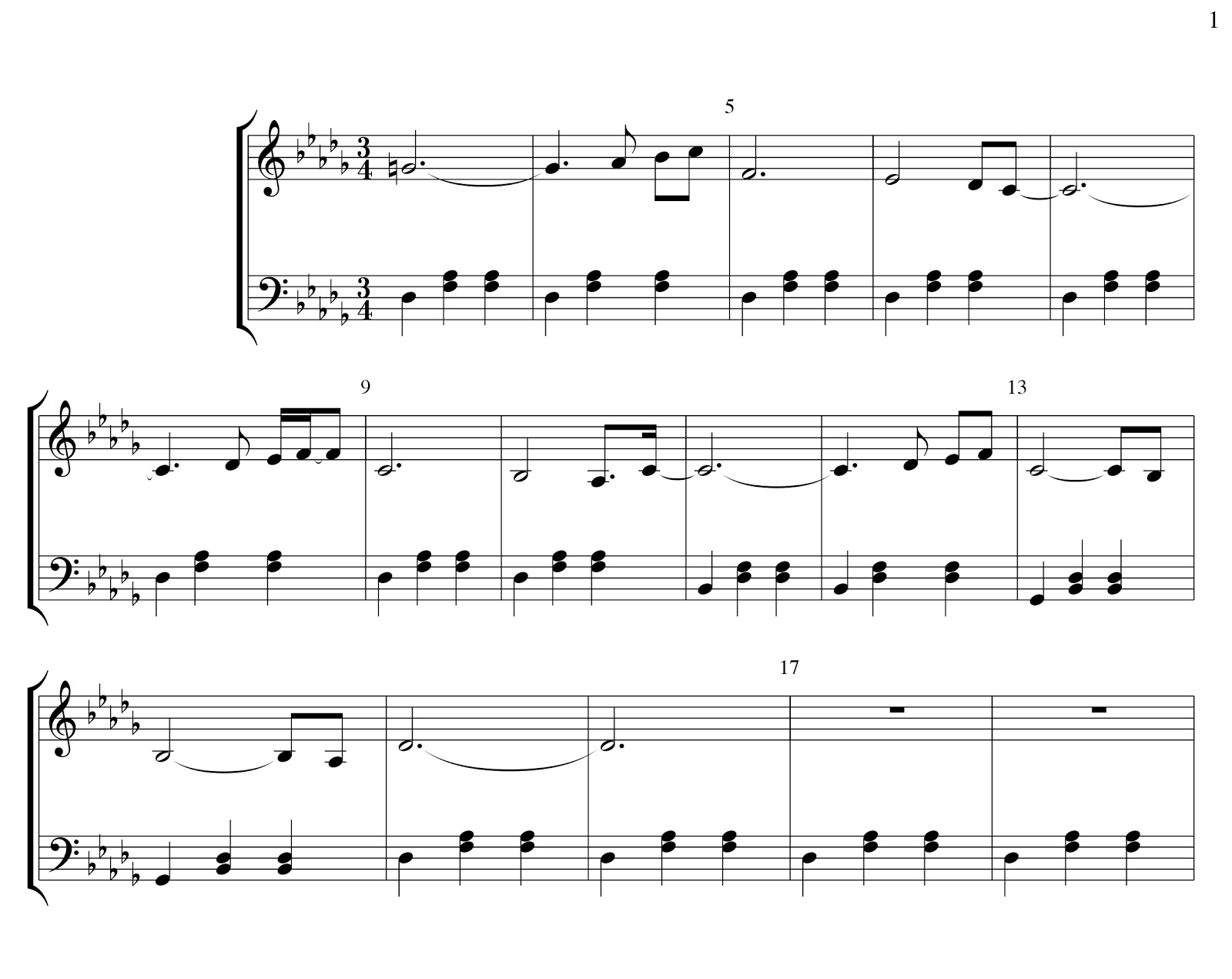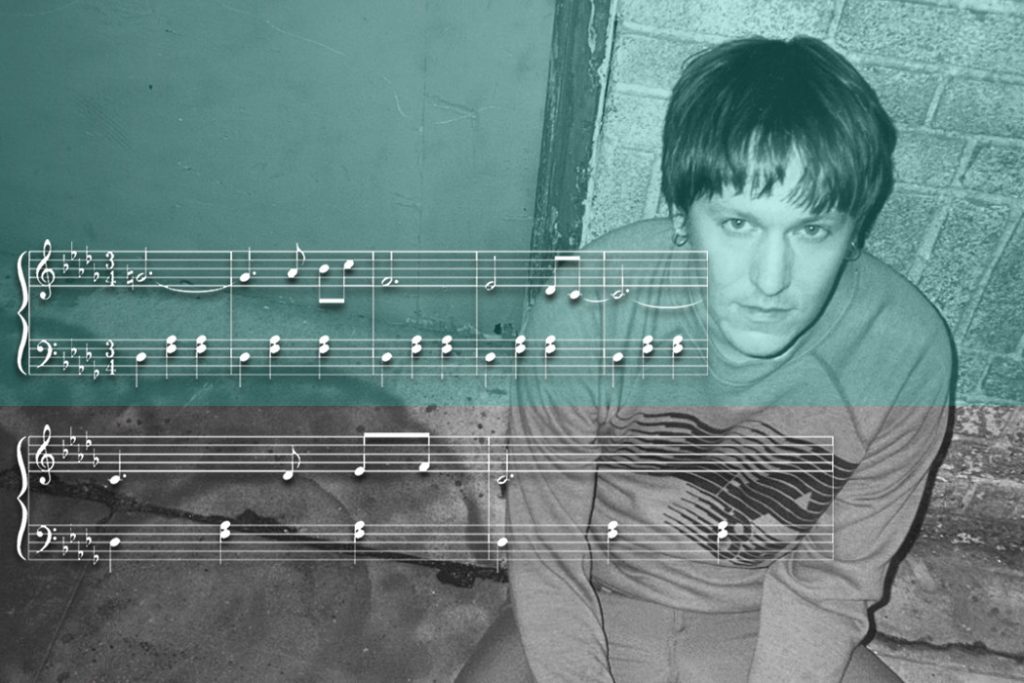+ Take your modern jazz piano and hip-hop beat making to new heights with Soundfly’s new course, Elijah Fox: Impressionist Piano & Production!
Like thousands of other young music fans with a penchant for the delicate beauty born through the combination of musical genius and a great deal of misery, I obsessed over Elliott Smith’s music back in college, and was affected deeply by the news of his tragic and sudden suicide in 2003. Performed on Saturday Night Live in 1998, “Waltz #2” is by far the most popular of Smith’s waltzing songs, but I was personally taken with “Waltz #1” on the first listen.
To me, “Waltz #1” is one of Smith’s most clever, if not one of his most gorgeously haunting, contributions to 20th century songwriting. And there’s more to this song than just his misery. So let’s give it a spin!
Harmony and the Lydian Mode
With its verses rooted firmly in D♭, the otherworldly character of this song’s lead vocal melody is largely due to its sophisticated use of the Lydian mode and its spatial approach to phrasing. Though the electric guitar part only hints at the Lydian mode during the intro, the intro does do its part to secure the song to D♭ Major — with a simple introductory I – vi – IV pattern using the chords: D♭ – B♭m – G♭.
From there, the first note of Smith’s vocal line is a sustained G-natural, the raised fourth scale degree of D♭, which, when raised a half-step, brings the scale into the Lydian mode. That subtle change in the interval between the third and fourth notes in the scale completely changes the feeling of the scale. This mode has been known to sound “dreamy,” perhaps prompting Katy Perry to title her hit song in the Lydian mode, “Teenage Dream.”
You can learn all about how to utilize this scale mode, and tons of others in both major and minor tonalities, in your production and songwriting with Soundfly’s free series, Theory for Producers by the way. Or if you’re really eager to dive into harmonic theory in popular music, preview our mentor-driven courses, Unlocking the Emotional Power of Chords and The Creative Power of Advanced Harmony for free.
D♭ Lydian Mode
D♭ E♭ F G A♭ B♭ C D♭
Here’s a short transcription of the verse melody. Note that the first note in the lead (G) needs to be made natural so as not to be played flat (based on the key signature).

The song’s chorus veers slightly out of the key of D♭ with a brief B♭ Major chord but then quickly resolves back to its original key with another long sustained vocal note on the G that resolves down to F. The vocal line ushers in an instrumental section highlighted by strings and wordless vocals which feature the same chord structure as the verse but with slight embellishments.
Rather than returning to a second verse, the song goes back to another chorus followed by an ending with a completely new descending chord pattern. The ending section begins with a tense vocal melody played over a sparse string arrangement that eventually leads to a repetitive progression similar to the intro that maintains a certain level of tension until the end of the song.
Using NYU MusEd Lab’s aQWERTYon keyboard you can play along to “Waltz #1” in D♭ Lydian yourself here.
Arrangement and Rhythm
“Waltz #1” is assembled using the building blocks of vocals, piano, electric guitar, bass, drums, strings, and vibraphone. The “one-trip-let-two-trip-let” feel of the rhythm, standard in waltzes, is mostly driven by a simple pattern of chords played on the piano. The drums are mainly used to ornament the song’s compounded feel until becoming slightly more present during the repetitive ending of the song. Depending on interpretation, the song can be felt in either 3/4 or 6/8.
In addition to its Lydian modality, the song’s rhythmic buoyancy and sparse sections lend it an unmistakably windswept yet danceable quality. If “Waltz # 2” is icy and bitter, Smith’s first waltz is a warmer, reflective resignation, like a journey, but a dreamy, fantastical one at that.
…And now because you’ve made it all the way to the bottom, here’s his second waltz for a memory jog.
Play Your Heart Out!
Continue your learning adventure on Soundfly with modern, creative courses on songwriting, mixing, production, composing, synths, beats, and more by artists like Kiefer, Kimbra, Com Truise, Jlin, Ryan Lott, RJD2, and our newly launched Elijah Fox: Impressionist Piano & Production.




